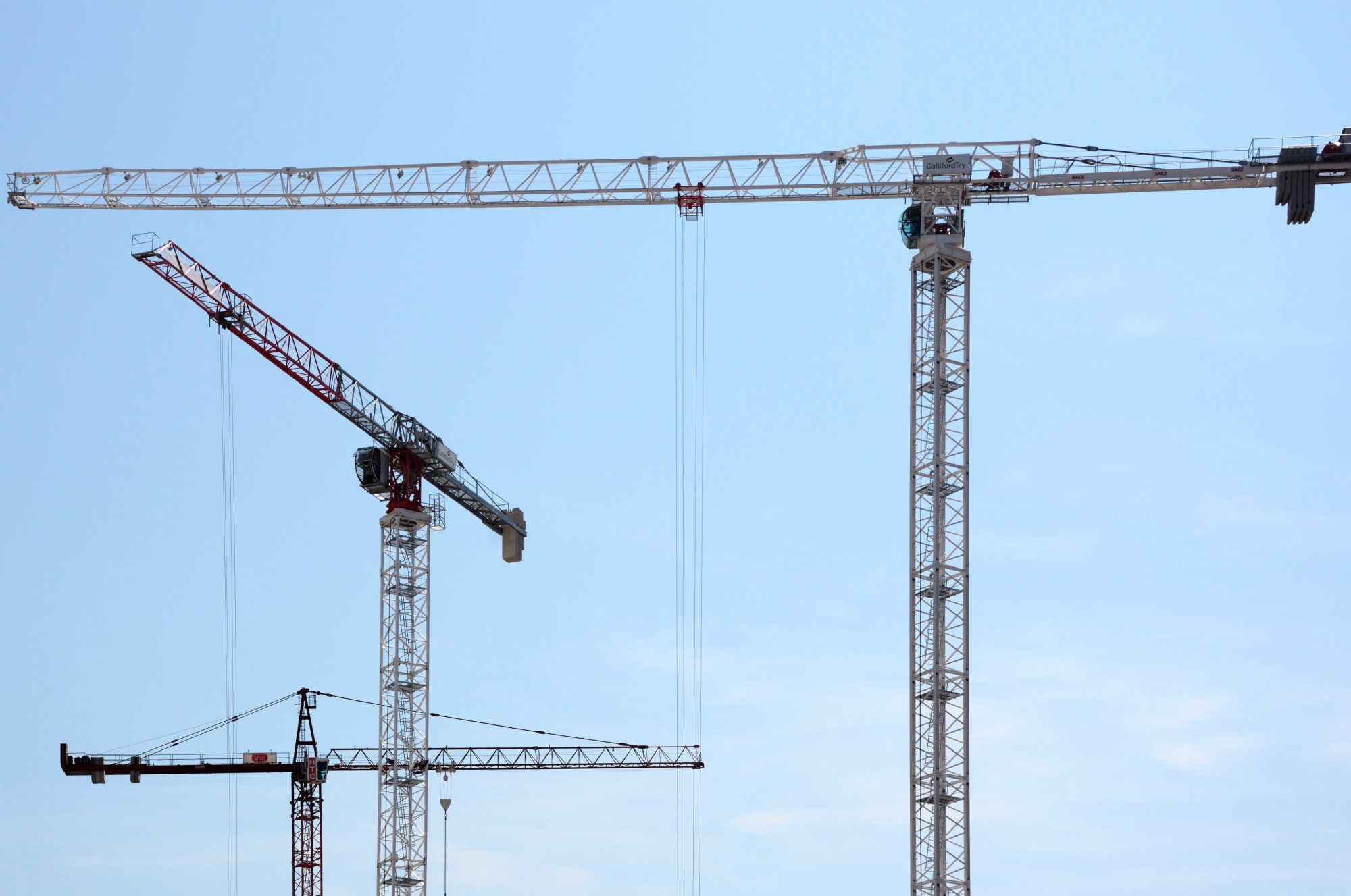Monthly construction output grew 1.3% in volume terms in September, but quarterly figures dropped by 1.5%, reflecting the volatility in certain sectors
Monthly construction output grew 1.3% in volume terms in September 2021, as new work and repair and maintenance both grew on the month, increasing by 1.3% and 1.2% respectively, according to the latest ONS figures.
The level of construction output in September 2021 was 1% (£141m) below the level of February 2020, before Covid.
New work was 3.5% below the February 2020 level, while repair and maintenance work was 3.9% above the February 2020 level.
In contrast to the monthly growth, quarterly construction output fell 1.5% in Q3 2021, compared with Q2 2021. Both new work (0.3%) and repair and maintenance saw decreases (3.6%).
Total construction new orders fell 9.2% in Q3 2021, compared with Q2 2021.
The annual rate of construction output price growth was 5.1% in September 2021 – this was the strongest annual rate of construction output price growth since records began in 2014.
At the type of work level, the annual rate of price growth in the 12 months to September 2021 was at its strongest in new housing (7.5%) and private industrial new work (6.3%).
‘Volatility in certain work sectors’
Clive Docwra, managing director of McBains, said: “September’s return to growth will give the construction industry a degree of encouragement that it may be turning the corner, after five successive falls in monthly output.
“The industry will be cautious however, as output is still below pre-pandemic levels. The Quarter 3 figures also published today also show a fall in output compared to Quarter 2, reflecting the volatility in certain work sectors – a decline in infrastructure and private commercial new orders in particular.
“The quarterly figures also reflect that supply chain problems linked to a shortage of haulage drivers were impacting to a certain extent, but these should be past their peak and are smoothing over.
“However, the cost of essential materials remains high, and skills shortages are still biting, leading to some new work being put on hold because there just aren’t enough skilled workers available.”
‘A strong foundation for the sector’
Mark Robinson, group chief executive at Scape, commented: “Confirmation of September’s growth will provide a strong foundation for the sector heading into what is likely to still be a challenging end to the year – characterised by further inflation, and disruption to labour and supplies.
“While these factors will undoubtedly inhibit the chances of an all-out building boom going into 2022, the outcomes of COP26 will go a long way to sustaining growth this winter as the carbon footprint of the built environment comes into sharper focus.
“The UK has set its stall out as a global leader on net zero, but an extensive programme of retrofitting and regeneration, supported by ‘carbon-first’ procurement, is needed if we are to reduce current and future emissions to the levels needed.”














